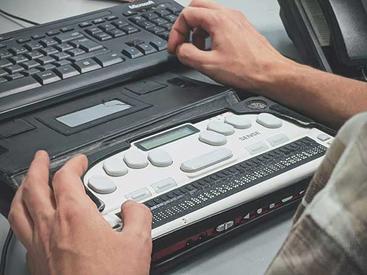Digital Accessibility is an ADA Requirement
About 25% of U.S. adults, and over a billion people worldwide, live with a disability. The way many people access the web can be impacted by disability. Many will use assistive technology, for example, or make modifications that make web content usable to them.
In order for assistive technology, like screen readers, to work with a website, that website has to be made compatible through the implementation of accessibility best practices and specifications.
The following are the most basic things you can easily do to ensure your page content is accessible.
To explore UCR’s broader initiatives in digital inclusion, please visit the UCR Accessibility Website
Accessibility Training Resources
- New regulations for the Americans with Disabilities Act that will impact UC - February 25, 2025
- UCOP Electronic Accessibility Training Resources
- UCR Accessibility Resources
- UCR ITS - Website Accessibility
- Siteimprove - Cloud service that enables you to systematically review your sites for accessibility, SEO, and best practices.
- UC Webinar: From Compliance to Inclusion - Recorded May 15, 2025
- UCOP’s Quick Tips for Creating Accessible Websites (pdf)
- Inclusive Communication: Tips and Guidance for Promoting Electronic Accessibility
Accessible Course Design for Faculty (Non-Drupal Sites)
- Accessibility and Inclusive Course Design
- Accessibility Guides for Faculty
- UCR's Exploration Center for Innovative Teaching and Engagement (XCITE) provides a robust suite of resources and services relating to accessibility and inclusive course design.
Use good link text
This article on why descriptive link text is important explains why.
Check your site for broken links
There are numerous free online tools to check for dead or broken links on your site. If you have a Siteimprove account for your site(s), there is a built-in link checker in the Quality Assurance section. Broken links can lower your SEO and Accessibility scores. Links can go bad when sites don't take the time to redirect pages that have edited URLs. This happens frequently with news articles. It is a good practice to periodically check for and repair broken links on your site.

